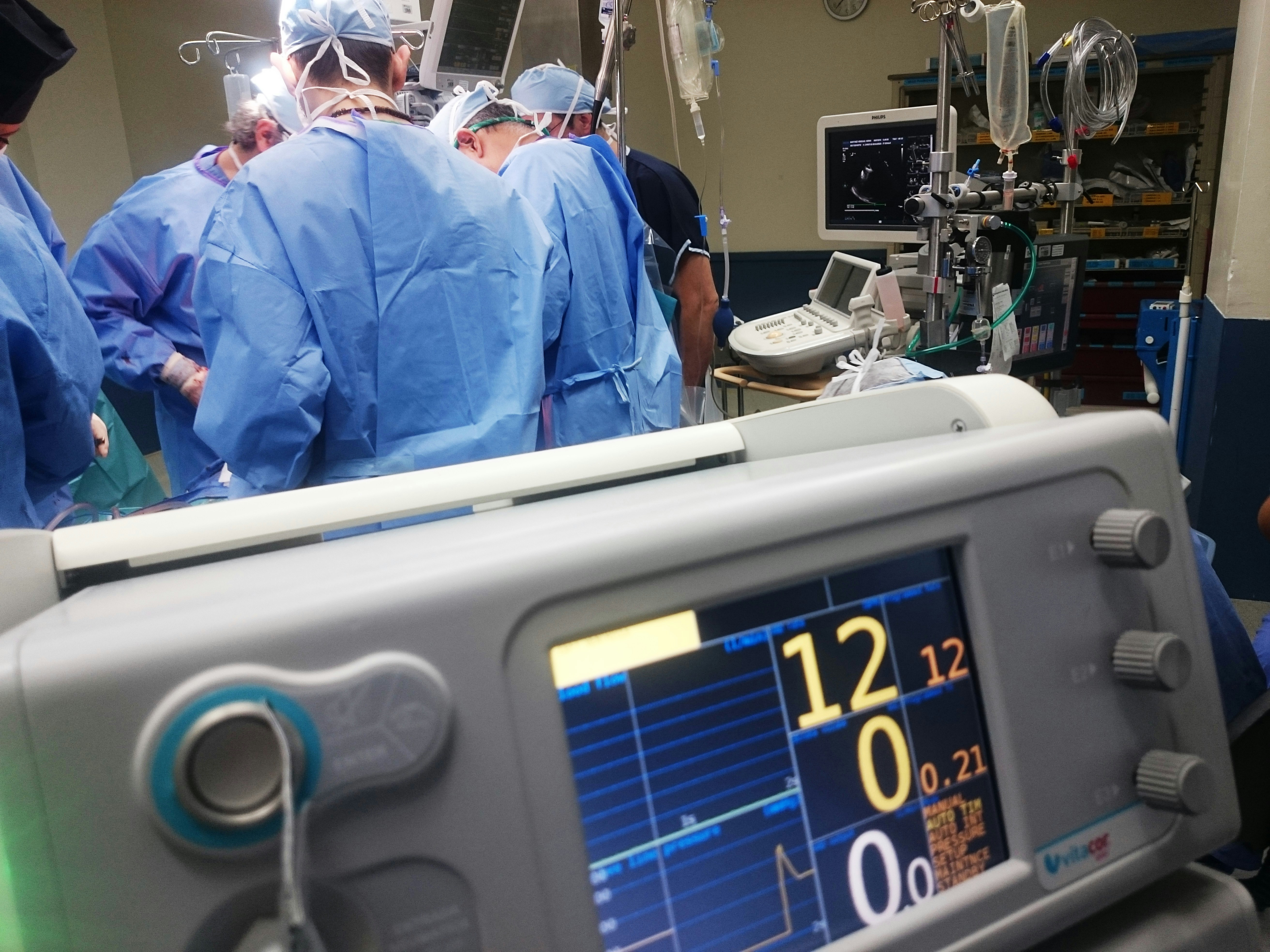-
Latest blogs
- Unlocking the Mysteries of Life: The Role of Assay Instrumentation in Quantitative Biology
- PCB Design for Manufacturing: A Comprehensive Guide
- Understanding Biomedical Instrumentation: An Engineering Perspective
- The Beginner's Guide to Accuracy, Precision, Resolution, and Repeatability
- Navigating the Product Development Journey: A Beginner's Guide to Success

Understanding Biomedical Instrumentation: An Engineering Perspective
The Intersection of Healthcare and Engineering
Welcome to the intriguing world of biomedical instrumentation! This field sits at the crossroads of healthcare and engineering, blending these two disciplines to improve patient care. Engineers play a crucial role in developing devices that monitor, diagnose, and treat illnesses. Here, we’ll explore the basics of biomedical instrumentation and understand its significance in modern medicine.
The Basics of Biomedical Devices
Biomedical devices are the heart of medical diagnostics and treatments. These instruments range from simple thermometers to complex MRI machines. They read vital signs, capture images of our insides, and even help in surgeries. Engineers design these devices with two goals in mind: accuracy and safety. Precision ensures doctors receive reliable data, while safety guarantees patient well-being during their use.
The Engineering Behind the Scenes
Ever wonder how these devices come to life? It starts with a problem in need of a solution. Engineers then brainstorm designs, focusing on functionality and user-friendliness. Prototyping follows, transforming ideas into tangible models. Testing is crucial, as it identifies any flaws. Finally, after rigorous trials and improvements, a new biomedical device enters the healthcare field, ready to make an impact.
The Role of Software in Biomedical Instruments
Software breathes life into biomedical devices. It’s the brain that processes data, makes calculations, and displays results. Engineers write code that allows devices to perform complex tasks, from analyzing blood samples to controlling robotic surgical arms. This software must be error-free and user-friendly, ensuring that healthcare professionals can rely on it for accurate diagnoses and treatments.
The Importance of Biomedical Instrumentation in Modern Medicine
Biomedical instrumentation has revolutionized healthcare. It enables early detection of diseases, improving the chances of successful treatments. Devices like pacemakers and artificial organs save lives every day. Moreover, advancements in this field continue to push the boundaries of what’s possible in medicine, promising a future where even more diseases can be conquered.
Ethical Considerations and Challenges
With great power comes great responsibility. Engineers face ethical dilemmas, such as privacy concerns with patient data and the high costs of advanced medical devices. Balancing innovation with accessibility remains a challenge. Ensuring that advancements benefit everyone, regardless of economic status, is crucial for the equitable advancement of healthcare.
The Future of Biomedical Instrumentation
The future of biomedical instrumentation shines bright. We’re on the brink of breakthroughs that could further transform healthcare. Think wearable devices that monitor health in real-time or nanotechnology that fights diseases from within the body. Engineers and healthcare professionals work hand in hand, dreaming up innovations that could extend and improve the quality of life for millions.
A World of Possibilities
Biomedical instrumentation stands as a beacon of hope in the quest for better healthcare. Through the lens of engineering, we’ve seen how these devices are designed, developed, and deployed to save lives and enhance the quality of patient care. As technology advances, so too will the capabilities of biomedical instruments, opening up a world of possibilities for future generations. Let’s embrace this exciting journey, for the road ahead is filled with discoveries that will continue to reshape our world.
Embracing the blend of healthcare and engineering, this post delves into the essence of biomedical instrumentation. From the engineering processes behind these life-saving devices to the ethical considerations and future innovations, we’ve covered the fundamentals in a way that’s both informative and engaging. Whether you’re a student, a professional, or simply curious, this guide offers a glimpse into a field that’s making significant strides in advancing human health and well-being.